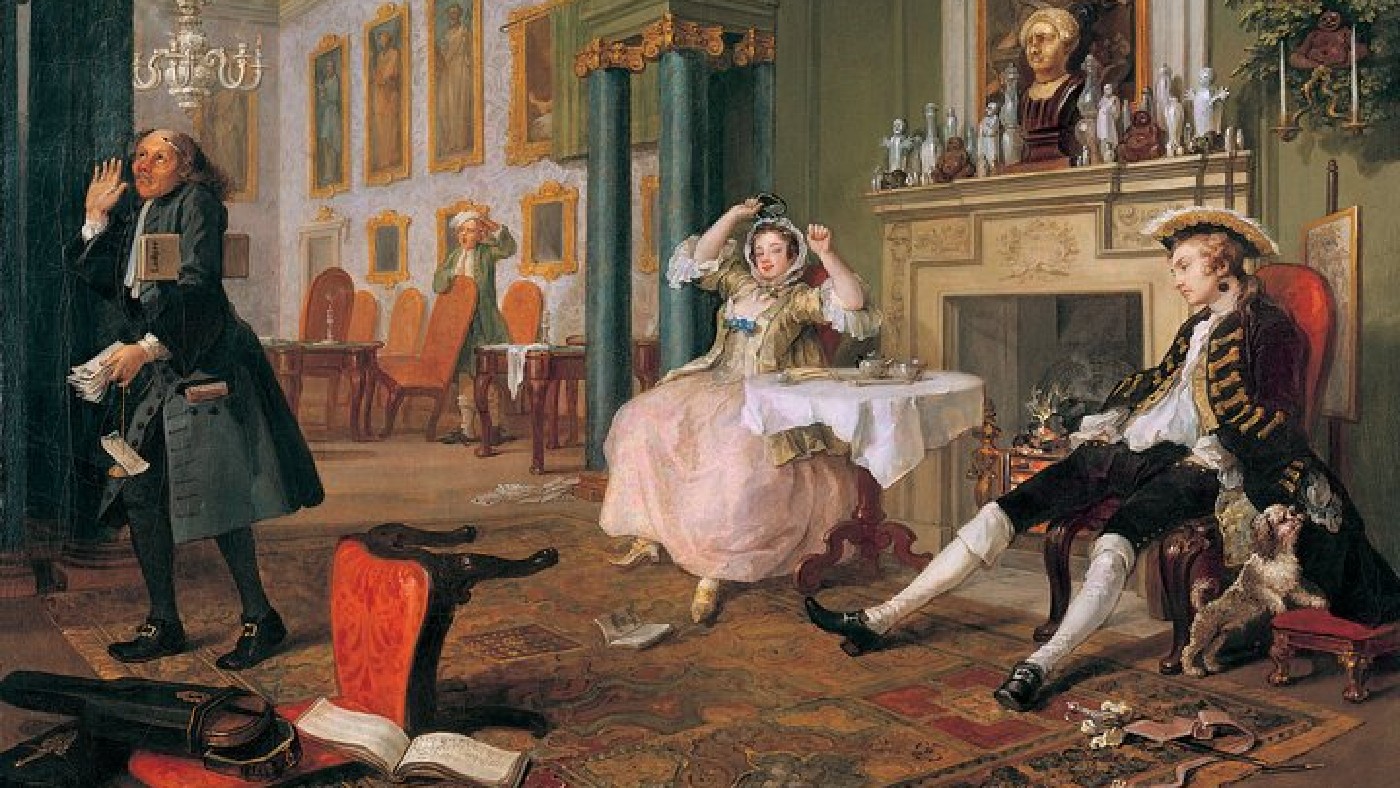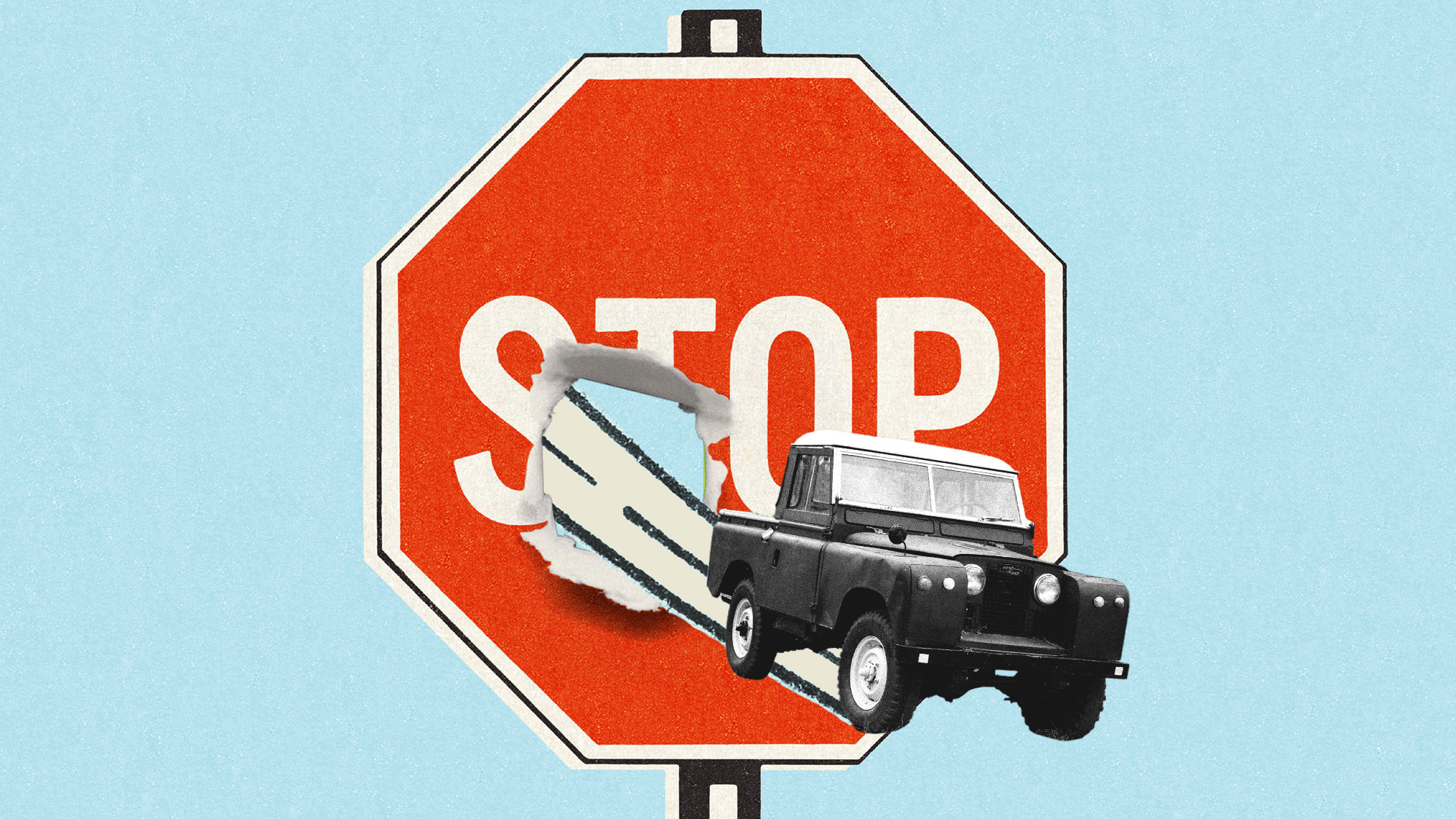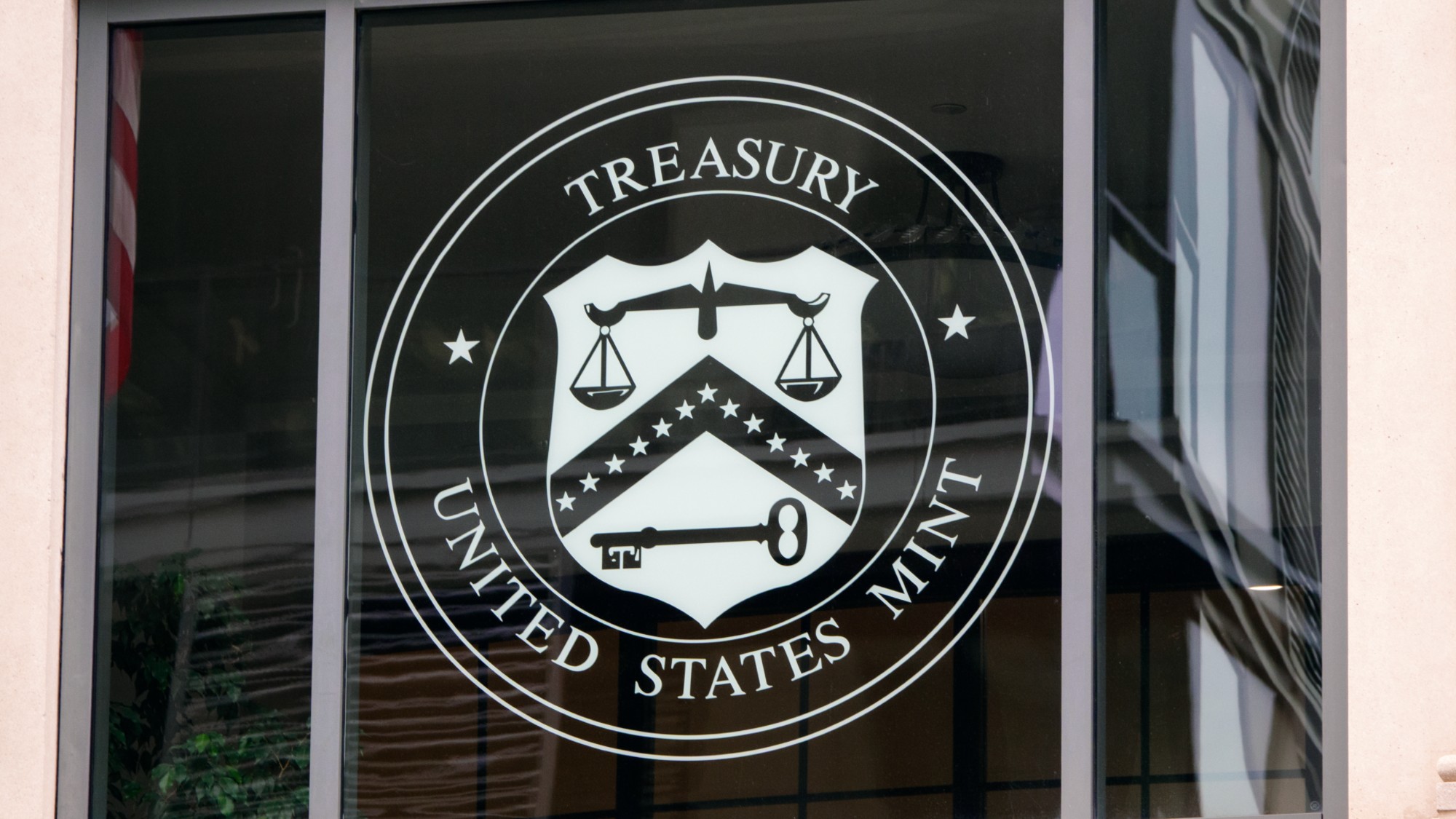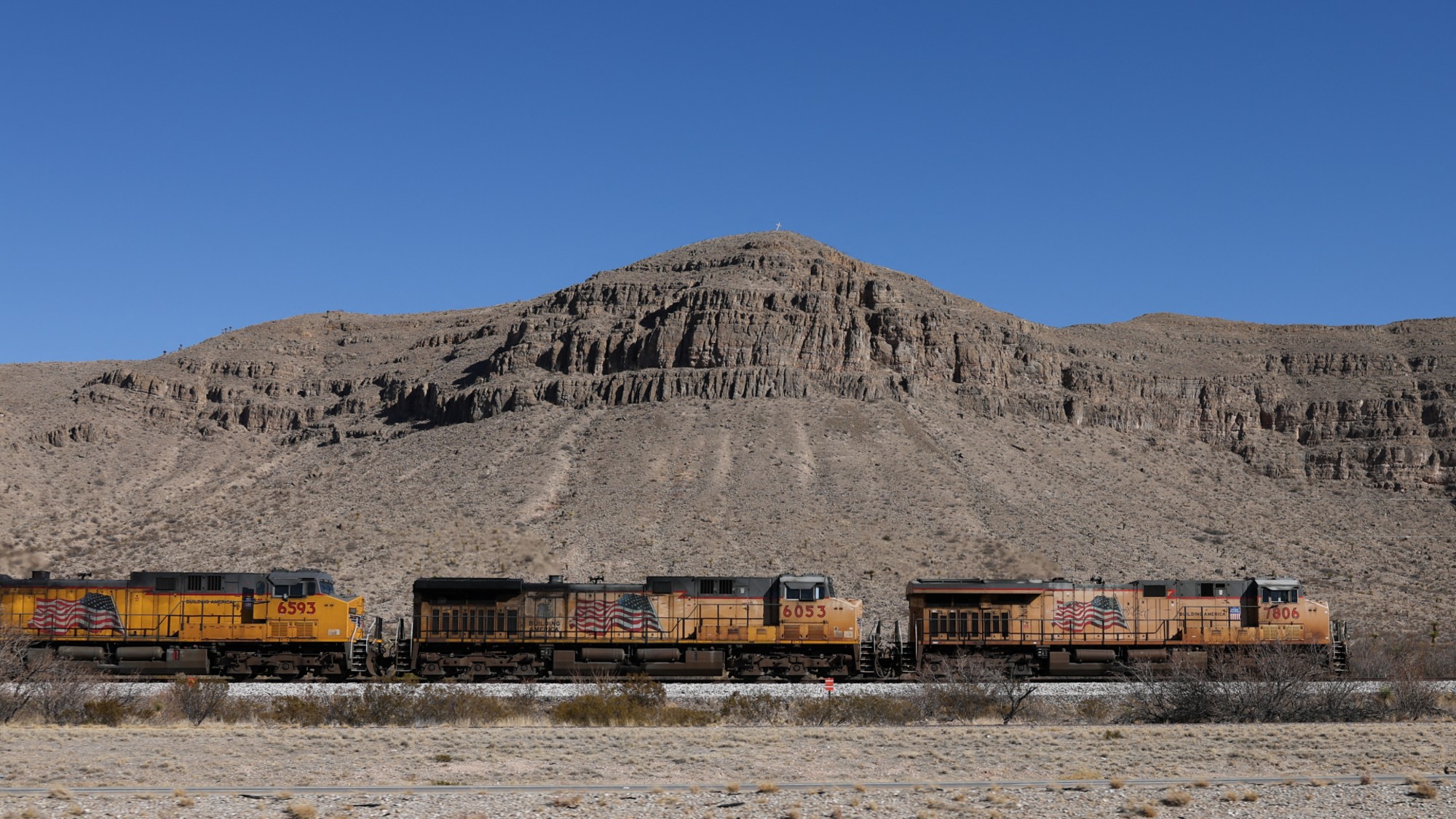Hogarth and Europe at Tate Britain: far from anyone’s idea of a ‘little Englander’
Painter conjured up the ‘drunken lads’, beer and roast beef of Old England – but he was no insular jingoist

William Hogarth (1697- 1764) is considered a “founding father” of a particularly British type of art, said Kathryn Hughes in The Guardian. The purveyor of broad, boisterous satires such as A Rake’s Progress (1732-34) and Marriage A-la-Mode (c.1743), Hogarth conjured up the “drunken lads”, beer and roast beef of Old England. Yet as this new exhibition at Tate Britain makes clear, he was no insular jingoist.
The show argues that his satirical scenes in fact owed a great debt to artists working on the continent, where he travelled widely, soaking up the artistic traditions of France, Italy and the Netherlands. Bringing together a host of Hogarth’s paintings, prints and drawings as well as carefully chosen works by his European contemporaries, it presents the artist as a cultural magpie possessed of some remarkably modern sensibilities – and “far from anyone’s idea of a ‘little Englander’”.
This argument is supported with much “fascinating evidence”, said Alastair Sooke in The Daily Telegraph. One section pairs major works by Hogarth with paintings by his European contemporaries, demonstrating their likely influence: his famous self-portrait with a pug is displayed alongside a “compositionally similar” work by the Dutch artist Cornelis Troost, while even the “infamously xenophobic” painting O the Roast Beef of Old England (1748) is shown to display “striking parallels” to a “beautiful” still life by Hogarth’s French contemporary Jean-Siméon Chardin.
The Week
Escape your echo chamber. Get the facts behind the news, plus analysis from multiple perspectives.

Sign up for The Week's Free Newsletters
From our morning news briefing to a weekly Good News Newsletter, get the best of The Week delivered directly to your inbox.
From our morning news briefing to a weekly Good News Newsletter, get the best of The Week delivered directly to your inbox.
Yet halfway through, the exhibition changes tack to mount a “sustained attack” on the artist it ostensibly celebrates. Pious captions berate Hogarth for his perceived racism and the ambivalent portrayal of the slave trade in his work; even the raucous scenes of inebriation he captured so riotously in paintings like The March of the Guards to Finchley (1750) are taken to task for legitimising “laddish” behaviour. Watching the Tate’s curators “in paroxysms of embarrassment” about the art they have chosen to show is distinctly “off-putting”.
True, the captions are “censorious and often barely relevant”, said Jackie Wullschläger in the FT. Nevertheless, get past them and there’s much brilliant work. Every picture brims with detail and “satirical and emotional weight”: The Orgy, a scene from A Rake’s Progress, is a whirl of “syphilitic flesh” and conspicuous consumption; The Beggar’s Opera (c.1728) gloriously pictures the prime minister Robert Walpole as a highwayman. In many respects, this is a very enjoyable show; but the self-righteous sociological lectures obscure “the true Hogarth: the innovator expanding the vision of what art could be”.
Tate Britain, London SW1 (020-7887 8888, tate.org.uk). Until 20 March
A free daily email with the biggest news stories of the day – and the best features from TheWeek.com
-
 Zimbabwe’s driving crisis
Zimbabwe’s driving crisisUnder the Radar Southern African nation is experiencing a ‘public health disaster’ with one of the highest road fatality rates in the world
-
 The Mint’s 250th anniversary coins face a whitewashing controversy
The Mint’s 250th anniversary coins face a whitewashing controversyThe Explainer The designs omitted several notable moments for civil rights and women’s rights
-
 ‘If regulators nix the rail merger, supply chain inefficiency will persist’
‘If regulators nix the rail merger, supply chain inefficiency will persist’Instant Opinion Opinion, comment and editorials of the day
-
 The ultimate films of 2025 by genre
The ultimate films of 2025 by genreThe Week Recommends From comedies to thrillers, documentaries to animations, 2025 featured some unforgettable film moments
-
 Into the Woods: a ‘hypnotic’ production
Into the Woods: a ‘hypnotic’ productionThe Week Recommends Jordan Fein’s revival of the much-loved Stephen Sondheim musical is ‘sharp, propulsive and often very funny’
-
 The best food books of 2025
The best food books of 2025The Week Recommends From mouthwatering recipes to insightful essays, these colourful books will both inspire and entertain
-
 Art that made the news in 2025
Art that made the news in 2025The Explainer From a short-lived Banksy mural to an Egyptian statue dating back three millennia
-
 Nine best TV shows of the year
Nine best TV shows of the yearThe Week Recommends From Adolescence to Amandaland
-
 Winter holidays in the snow and sun
Winter holidays in the snow and sunThe Week Recommends Escape the dark, cold days with the perfect getaway
-
 The best homes of the year
The best homes of the yearFeature Featuring a former helicopter engine repair workshop in Washington, D.C. and high-rise living in San Francisco
-
 Critics’ choice: The year’s top 10 movies
Critics’ choice: The year’s top 10 moviesFeature ‘One Battle After Another’ and ‘It Was Just an Accident’ stand out